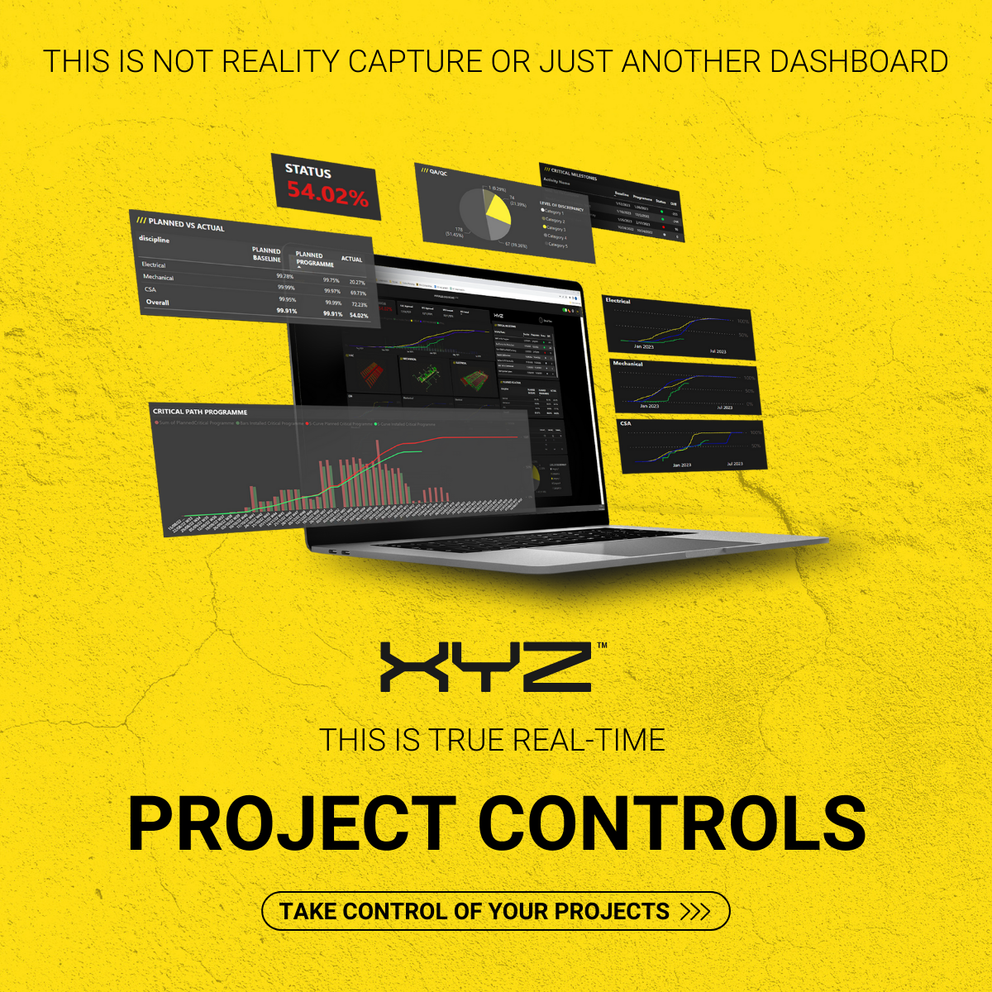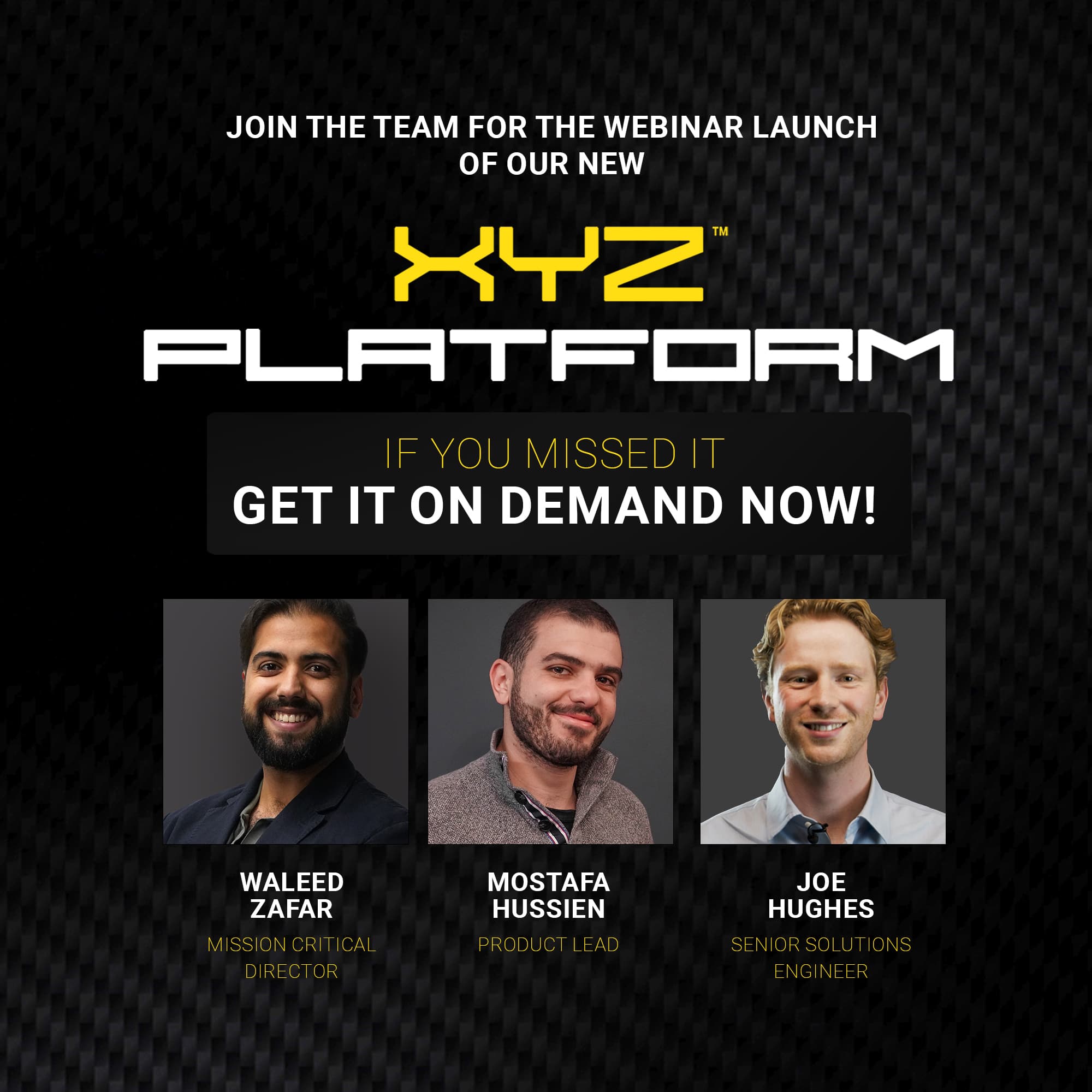-
Services
Services
Find out how we work with our clients and deliver value to construction projects from day one
-
Solutions
Solutions
Discover how all our solutions sync together to deliver construction's most powerful BIM platform to date
-
Built for
Built for
-
Industry
Industry
Understand how we support construction's biggest sectors, and hear from our clients who have experienced the power of XYZ
-
Resources
Resources
Get stuck into all our latest thought leadership, news, reports and industry leading content
-
Company
Company
Dive into what makes XYZ tick, unearth why construction is in our DNA and why we are world leaders in AR solutions

Insights
2025 Data Center Trends: The Year of Execution
09 January 2025
As someone deeply immersed in the data center industry, I’ve been reflecting on how much the landscape is shifting and what lies ahead. Just yesterday, President-elect Donald Trump announced $20 billion foreign investment to build new data centers across the United States. This bold move sends a clear message: 2025 is poised to be a transformative year for our industry.
This kind of investment underscores the growing demand and strategic importance of data centers, making it clear that the decisions we make now will determine how well we adapt to these changes. Here are my thoughts on the trends, challenges, and opportunities that I believe will define the future of our industry.
Supersized Data Centers: A New Benchmark
The sheer scale of what XAI achieved with Colossus in Memphis – over 100,000 interconnected GPUs powering the largest AI supercomputer in the world – has fundamentally changed the game. Now, Elon Musk’s artificial intelligence startup, xAI, has announced plans to significantly expand Colossus further, increasing its capacity from 100,000 GPUs to over one million. It’s no longer a question of whether these massive AI training facilities are feasible; we know they are.
- The Shift: The industry is now racing to replicate this success. Companies like Microsoft are pivoting to scale up their R&D and build similar facilities, and I foresee a wave of these mega-projects in regions with abundant land and power, like North Dakota and beyond.
- My Takeaway: These developments are exciting, but they’re also a wake-up call. We need to think carefully about the long-term implications of concentrating so much infrastructure in specific regions – economically, environmentally, and technologically.
Urban Edge Data Centers: The Inference Revolution
While training data centers are getting larger, the rise of AI inference presents a completely different challenge. AI applications increasingly need low-latency, high-speed processing, which means edge data centers located near urban hubs will become indispensable.
- The Challenge: Securing land and power in high-demand regions like New York or Silicon Valley is becoming fiercely competitive.
- A Thought: This is more than a land grab. It’s an opportunity for us as an industry to innovate – to find ways to make these facilities not just functional but integrated seamlessly into urban ecosystems.
The UK’s Moment – and Its Challenges
Closer to home, I’ve been heartened to see the UK taking steps to embrace data center investment. Recent approvals for projects around London signal that the government recognizes the importance of our industry.
- The Opportunity: With a focus on green and sustainable builds, the UK has a chance to position itself as a leader in this space.
- The Concern: The power grid. It’s clear we’re heading toward a capacity crunch, and I worry about how the narrative could shift. There’s a real risk of backlash if the public starts seeing data centers as competing with households for energy. We need to proactively communicate the benefits we bring – to economies, innovation, and society as a whole.
Labour Shortages: The Coming Bottleneck
If I had to predict the defining challenge of 2025, it’s this: labour shortages. We’ve already seen strains in the construction industry, and as data center projects ramp up, the gap between supply and demand for skilled workers will only grow.
- The Reality: Either projects will face delays, or they’ll cost significantly more to complete. Neither is ideal.
- The Solution: I believe we need to approach this from two angles. First, we need to boost productivity for the workers we have by embracing technology and streamlining processes. Second, we need to make the data center industry more attractive – investing in talent, offering competitive pay, and showcasing the exciting opportunities we provide.
Modular Construction: A Game-Changer
One way to address the labour crunch is to rethink how we build. Modular construction – where data center components are prefabricated offsite and assembled on location – offers a scalable, efficient solution.
- Why It Matters: Modular isn’t just about saving time. It’s about reliability, consistency, and reducing onsite complexities. As we head into 2025, I expect modular approaches to play a key role in keeping projects on track.
My Advice to the Industry
As we move into this next phase, I have one key message: don’t wait to react to problems – prevent them. We know what’s coming: labour shortages, power constraints, and the pressure to execute at scale. Let’s tackle these challenges head-on by embracing innovation, fostering collaboration, and staying focused on long-term solutions.
A Closing Thought
I’m genuinely excited about what’s ahead. Yes, the road will be challenging, but it’s also full of opportunities to innovate, grow, and redefine what’s possible in our industry. I’m looking forward to collaborating with many of you to navigate this next chapter. Let’s make 2025 the year we push boundaries and set new standards.
If you have thoughts or want to share your perspective, I’d love to hear from you. Together, we can shape the future of data centers.






